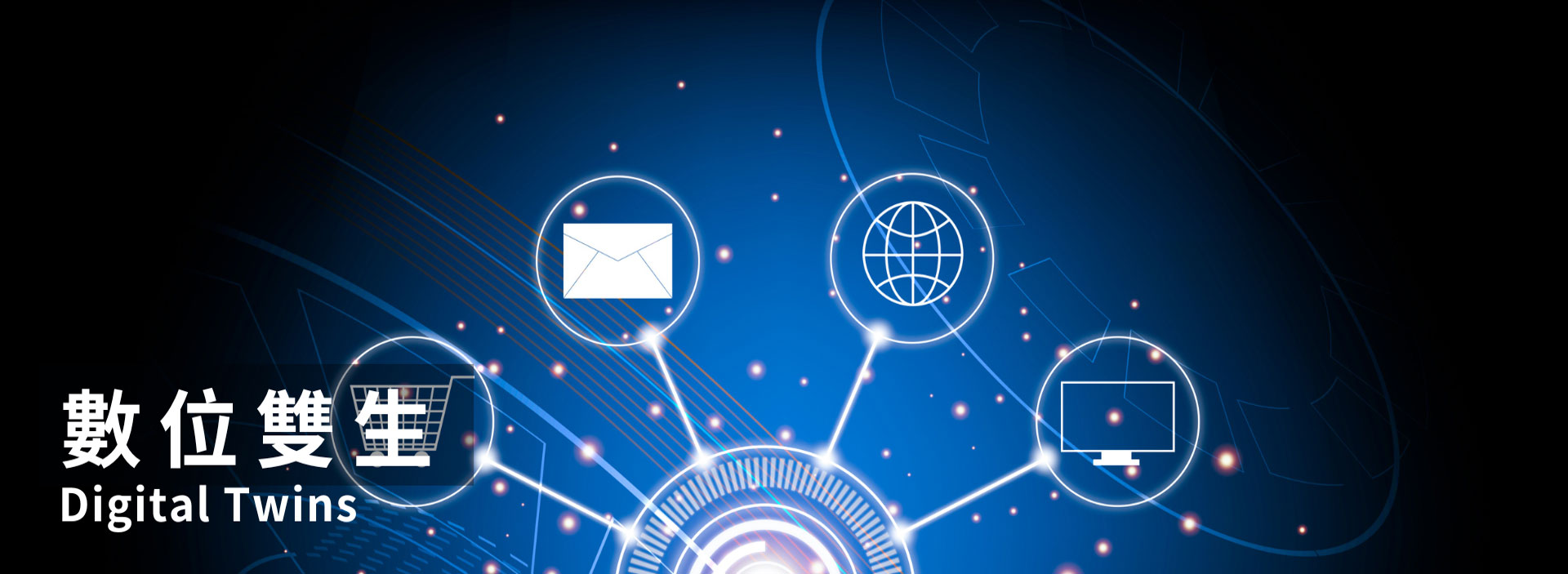
Digital Twins
What are Digital Twins?
A digital twin refers to the use of digital technologies
(such as 3D modeling, the Internet of Things, and artificial intelligence)
to create a virtual model of a physical item or process. This virtual model can accurately
simulate and reflect the behavior and characteristics of the actual item or process.
Key features of Digital Twins:
Synchronization: Digital twins can monitor and reflect real-time changes in the
status of physical items or processes, keeping the virtual model synchronized with the physical counterpart.
Visualization: Digital twins can present the complex physical world through intuitive digital 3D models,
allowing users to clearly understand the internal structure and operation of the item.
Analytics: Digital twins can collect and analyze large amounts of operational data,
helping to predict failures and optimize performance.
Simulation: Digital twins can simulate various scenarios, conduct fault diagnosis,
and optimize operations without affecting the physical item.
Applications of Digital Twins
Digital twin technology is widely applied in industries such as manufacturing,
transportation, and healthcare, with the following main application scenarios:
Product design and manufacturing: During the design and production stages,
digital twins can simulate product performance, optimize designs, and improve manufacturing efficiency.
Equipment management and maintenance: Digital twins can monitor equipment status in real-time,
predict failures, and optimize maintenance plans.
Urban planning and management: Establishing a digital twin model of a city can analyze transportation,
energy, and other systems to optimize urban operations.
Healthcare: Digital twins can simulate human organs, helping to diagnose diseases, plan surgeries,
and optimize treatment plans.
In summary, digital twin technology is reshaping the development of various industries,
bringing us a smarter and more efficient future.
